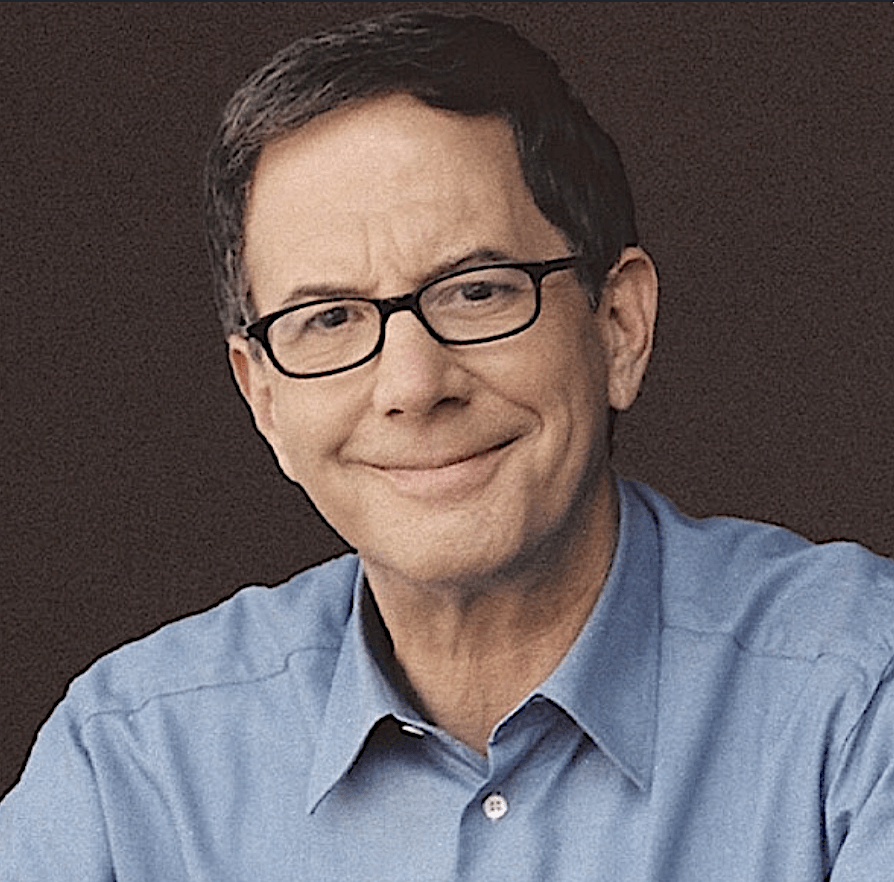
Editor’s note: To what degree has the “collective” trauma of COVID-19 seeped into workplaces around the world? And what do leaders need to know about trauma in the workplace? The People Equation reached out to psychiatrist and trauma expert Dr. Mark Goulston to learn more. In this guest post, he shares the leadership lessons about healing from the trauma of COVID-19.
Guest Post: Mark Goulston, MD, FAPA
What Leaders Need to Know about Trauma in the Workplace
It is undeniable. With the arrival of COVID-19 the world has changed in many ways forever. It was a “perfect storm” of disruption, and nearly every industry has been impacted. And leaders across these industries have suffered as well, because COVID-19 is also a perfect storm for trauma. Not only have leaders had to furlough staff, or pivot their businesses overnight to meet customers’ changing needs, or quickly learn to manage their teams remotely, they have also had to worry about their own safety and the safety of their employees while witnessing massive amounts of death and losing the freedom to travel and engage with others. They face constant chaos and confusion as they struggle to react swiftly and decisively to keep their companies running, communicate with their work force and make decisions about keeping customers and employees safe.
This all goes beyond regular work stress and crosses into trauma territory. Leaders need to accept and acknowledge that they are dealing with trauma—and so are their employees. Only by naming and claiming trauma can anyone begin taking steps to heal.
It is understandable. Leaders must not only accept that they may be traumatized by COVID, but they must also communicate to their people that what they’re experiencing as upheaval and turmoil is a normal and healthy response to trauma.
Trauma is very different from stress. Stress upsets of balance in the moment, but we still maintain a feeling of control over our lives. We can usually manage stress (to a point, anyway). But trauma overwhelms our self-protective structure and sends us into survival mode. It shatters our sense of safety and changes how we look at the world. If unaddressed, it can result in long-term harm.
It’s also important to understand that not all trauma is caused by “shock and awe” events. It can also be ongoing and cumulative. In a very real way, we are all struggling with the “collective” trauma of COVID-19.
Is There a Connection Between Trauma and PTSD?
Trauma may result in PTSD. It is crucial for all leaders and employees to recognize the trauma of the past year. If left unacknowledged trauma may sometimes worsen.The more people try to deny that they have been impacted by trauma, the more they try to push it away, the more it can go into their unconscious. From there, it can develop into PTSD or post-traumatic stress disorder. PTSD may show up as intrusive thoughts, avoidance, negative thoughts, and hyperarousal. It may also show up as nightmares and compulsive behaviors (which can relieve tension, but in the long run complicate your life).
But PTSD is NOT inevitable. This is the good news for people across all industries. Developing PTSD is not a certainty, and whether or not a person develops it may be affected by one’s genetics (some people deal with trauma better than others), ongoing social factors (calmness vs. “chicken littleism” or “sky is falling” anxiety”) as well as their own personal psychology.
What Leaders Can Do to Heal Trauma
Communication is fundamental. Talking, especially expressing thoughts and feelings of any nature in a safe non-judgmental atmosphere will help leaders and employees alike in coping, recovering, and even healing from trauma. Leaders and employees should feel free to take part in peer to peer support groups to share experiences and recovery together.
When groups share similar suppressed and repressed thoughts and feelings during and following a trauma, they are immersed in the bonding hormone, oxytocin, which is associated with emotional connectedness and emotional safety. If your organization does not already have a formal support group, consider forming one now. They can meet once or twice a week for sessions in person or even by video conference.
Listening is indispensable. When we’re under great stress, it can be very difficult for any of us—particularly leaders—to hear the angst, pain, resistance, and sometimes anger of others. Or to have it directed at us. But bearing witness to others’ feelings is often what is most needed during and in the aftermath of a traumatic experience. Because in addition to the need for people to be heard and not placated, there is often important information underlying their concerns and worries. And there’s a lot of wisdom found in the resistance that surfaces when we ask people to identify the pain points in an operation—and pause long enough to listen.
Further, listening to one another talk about trauma is a great way to manage anxiety and feel heard and begin to heal. Remember the 6 Hs: Having horror heard helps heal hurt. When we feel safe to share our experiences we can begin to heal. The alternative (which I do not recommend!) is trying to push away and deny horror which only builds up and then threatens to come out all at once.
Specific trauma informed resources are a must. Having psychological resources at the ready to listen and guide, and having systems in place so people know who is doing what, where, when, and why will also alleviate the intensity of trauma in the workplace.

ABOUT THE AUTHOR: Dr. Mark Goulston is the author or coauthor of nine books, including the recent Why Cope When You Can Heal?: How Healthcare Heroes of COVID-19 Can Recover from PTSD and Trauma to Triumph: A Roadmap for Leading Through Disruption and Thriving on the Other Side. He is a board-certified psychiatrist, fellow of the American Psychiatric Association, former assistant clinical professor of psychiatry at UCLA NPI, and a former FBI and police hostage negotiation trainer. Dr. Goulston is the creator of Theory Y Executive Coaching—which he provides to CEOs, presidents, founders, and entrepreneurs—and is a TEDx and international keynote speaker. He appears frequently as a human psychology and behavior subject-area expert across all media, including news outlets ABC, NBC, CBS, and BBC News, as well as CNN, Today, Oprah, the New York Times, the Wall Street Journal, Forbes, Fortune, Harvard Business Review, Business Insider, Fast Company, Huffington Post, and Westwood One. He was also featured in the PBS special “Just Listen.”
Disclosure: this post contains affiliate links.
Leave a Reply